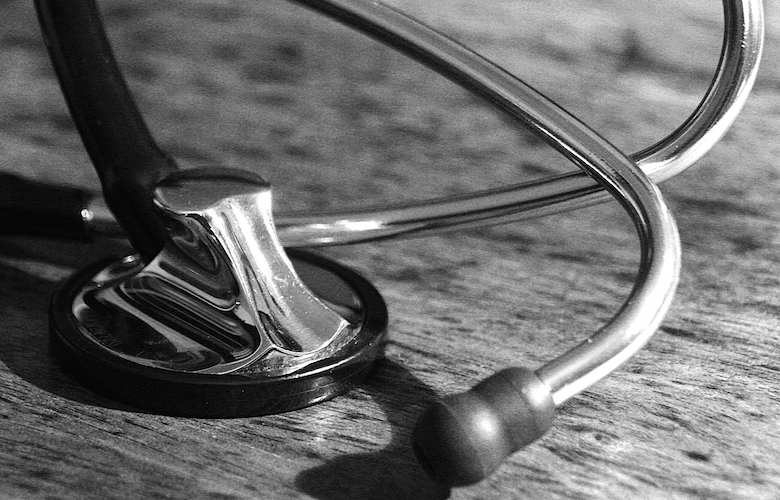The Department of Health and Human Services (HHS) has set a goal of tying 30% of traditional, or fee-for-service, Medicare payments to alternative payment models, such as accountable care organizations (ACOs) or bundled payment arrangements by the end of 2016, and tying 50% of payments to these models by the end of 2018. HHS also set a goal of tying 85% of all traditional Medicare payments to quality or value by 2016 and 90% by 2018 through programs such as the Hospital Value Based Purchasing and the Hospital Readmissions Reduction Programs.
Although this is the first time in the history of the Medicare program that HHS has set explicit goals for alternative payment models and value-based payments, moves towards this kind of unified model have been building since the Affordable Care Act became law. Here’s what you need to know about the rollout.
No stopping alternative payment models
Currently, many healthcare providers receive a payment for each individual service, such as a physician visit, surgery or diagnostic test, regardless of whether these services ultimately help the patient. As a result, providers are paid for increasing volume, rather than the value of care.
Alternative payment models include ACOs, primary care medical homes, and new models of bundling payments for episodes of care. In these scenarios, healthcare providers are financially accountable for the quality and cost of the care they deliver to patients and, the theory goes, will therefore eliminate duplicative or unnecessary screening and diagnostics. Not only does this reduce costs to the healthcare system and patients, it’s meant to free up resources and improve access for more patient groups.
The takeaway: Although better healthcare access is a noble goal, make no mistake: this is about continuing to streamline expenditures in the healthcare system. In 2011, Medicare made almost no payments to providers through alternative payment models, but such payments now make up about 20% percent of Medicare payments. HHS estimates it has already saved $417 million on Medicare payments due to existing ACO programs, and the department expects to aim for a 50% increase in alternative-model payments by 2016 to continue the unprecedented slowdown in healthcare spending.
Focus on quality of care
HHS is continuing the shift toward paying providers for services that result in good outcomes — whether it is something as complex as preventing or treating disease, or something as straightforward as making sure a patient has time to ask questions.
Portions of payments for services are already being adjusted according to how well hospitals perform on measures compared to all hospitals, and how much they improve their own performance on each measure compared to their performance during a prior baseline period. The idea is that, by rewarding quality of care through payment incentives and transparency, hospitals will realize better clinical outcomes, and patients will have better experiences of care during hospital stays.
The takeaway: The goals of improving quality and patients’ experience of care while freeing up valuable resources for a strained healthcare system make quality efforts worth embracing and pursuing. And the bottom line will also benefit; according to HHS, current quality initiatives have helped reduce hospital readmissions in Medicare by nearly 8% — that’s 150,000 fewer readmissions from January 2012 to December 2013 — saved nearly 50,000 lives, and reduced health spending by $12 billion from 2010 to 2013.
Fast and far-reaching
The timeline is ambitious — just a year-and-a-half to the beginning of implementation — and so is the scope. HHS is creating the Health Care Payment Learning and Action Network, which will work with private payors, employers, consumers, providers, states and state Medicaid programs, and other partners to expand alternative payment models into their programs.
HHS will intensify its work with states and private payers to support adoption of alternative payments models through their own aligned work, sometimes even exceeding the goals set for Medicare. The Network has already held its first meeting.
The takeaway: Healthcare payments are about to become more unified, based on standardized nationwide criteria that extend beyond the confines of Medicare payments — but that will be enforced for providers, practices and organizations that participate in Medicare.
“Whether you are a patient, a provider, a business, a health plan, or a taxpayer, it is in our common interest to build a health care system that delivers better care, spends health care dollars more wisely and results in healthier people,” said HHS Secretary Sylvia M Burwell. “We believe these goals can drive transformative change, help us manage and track progress, and create accountability for measurable improvement.”



